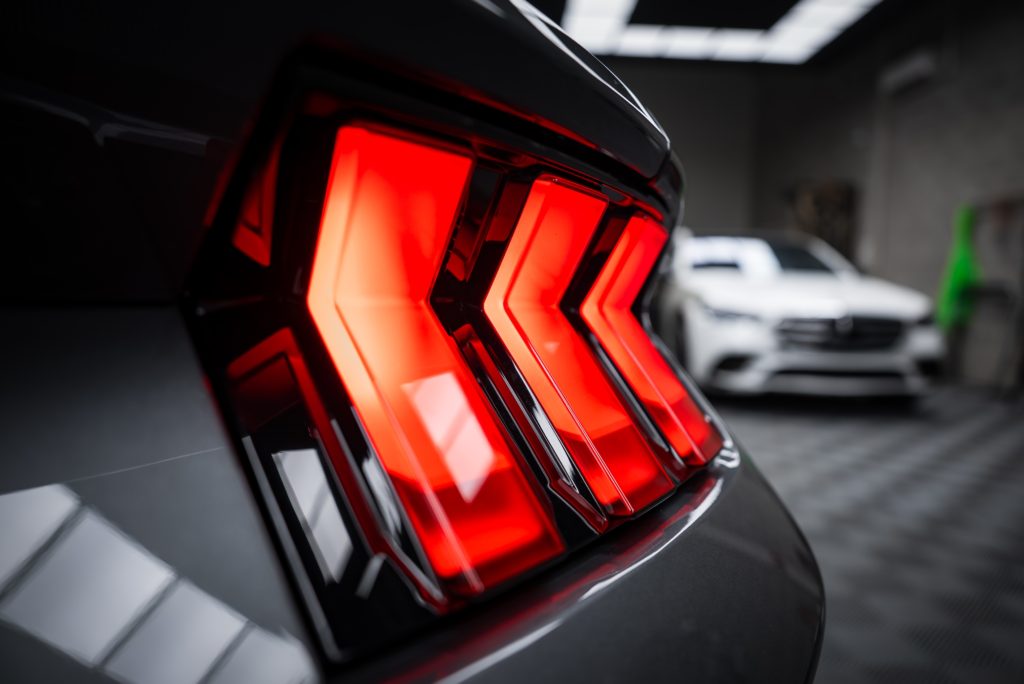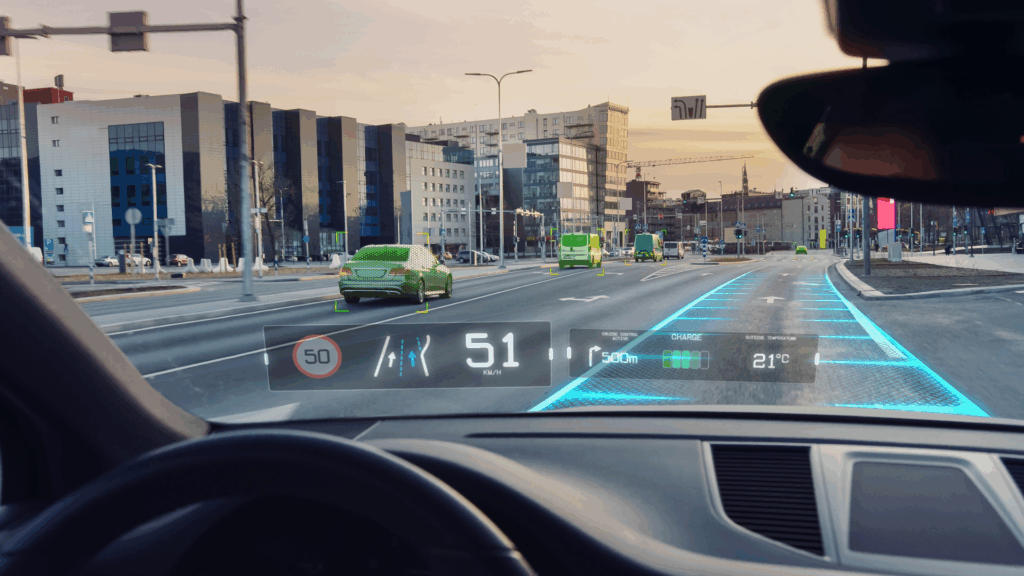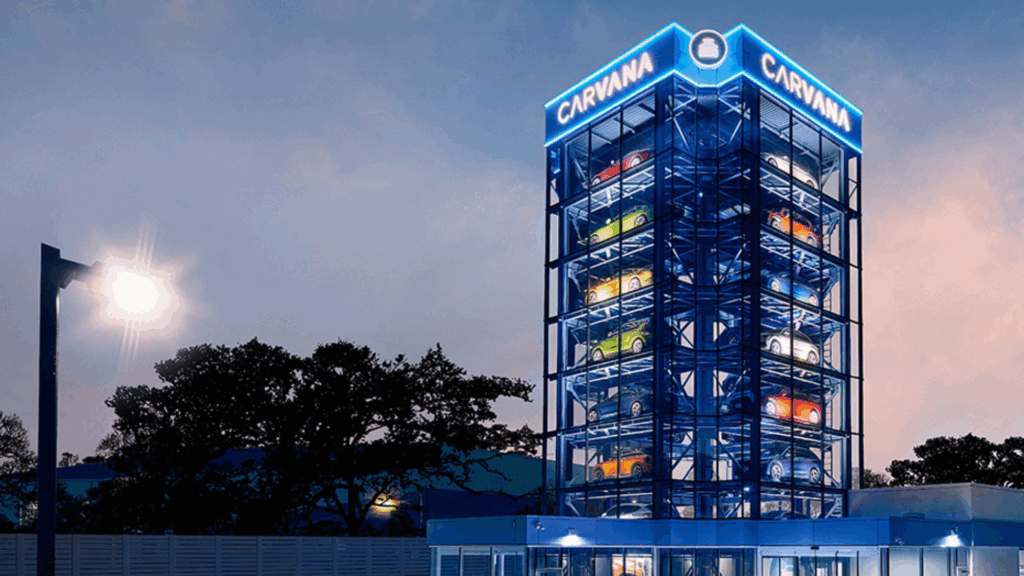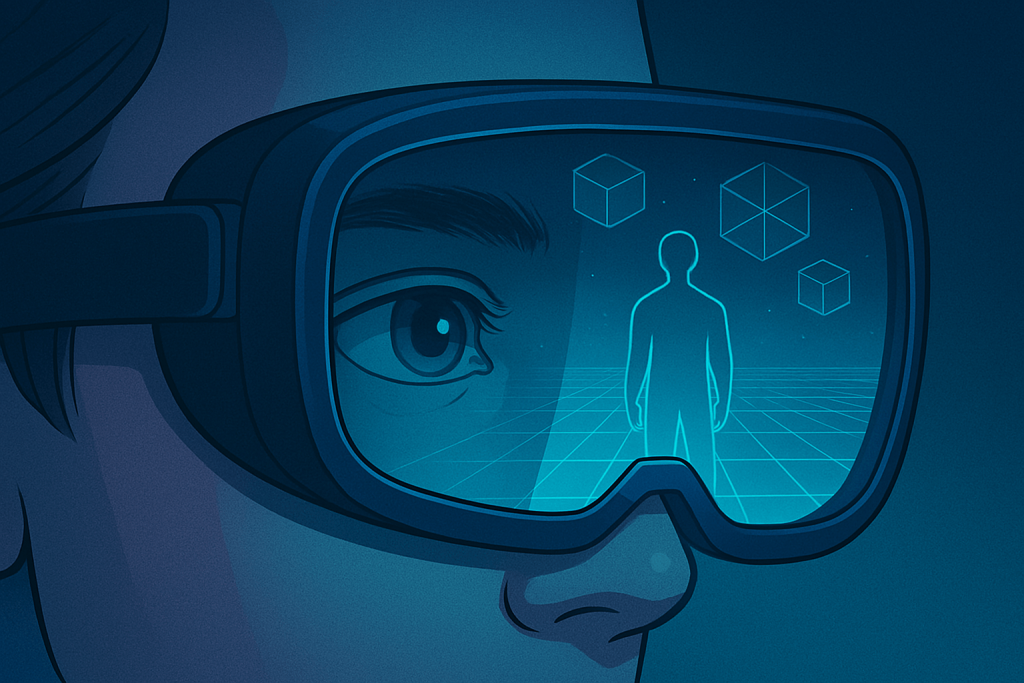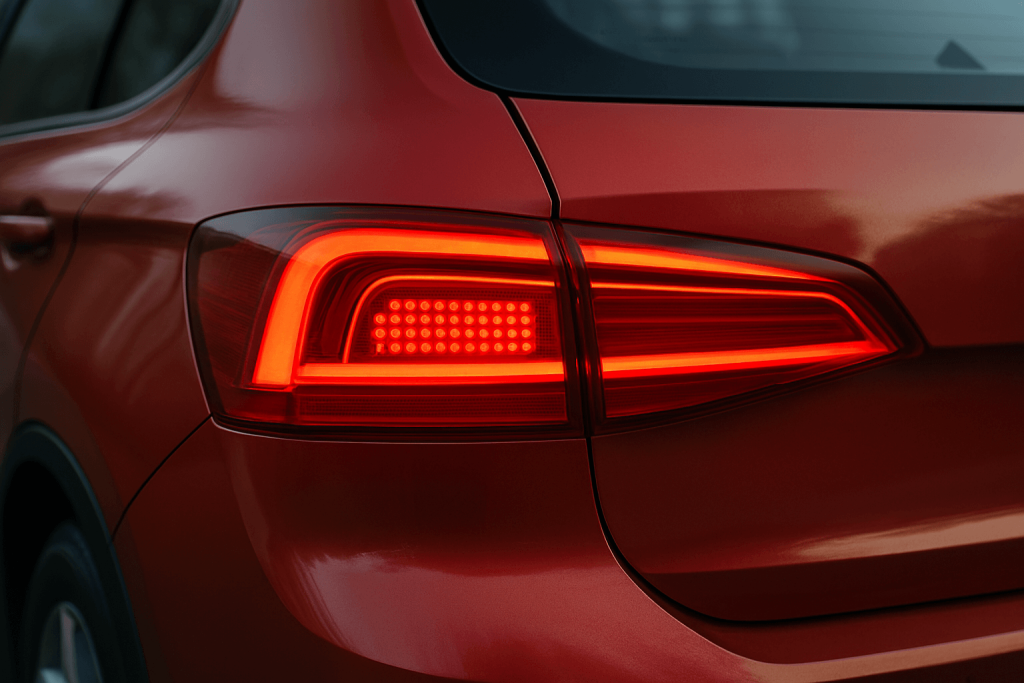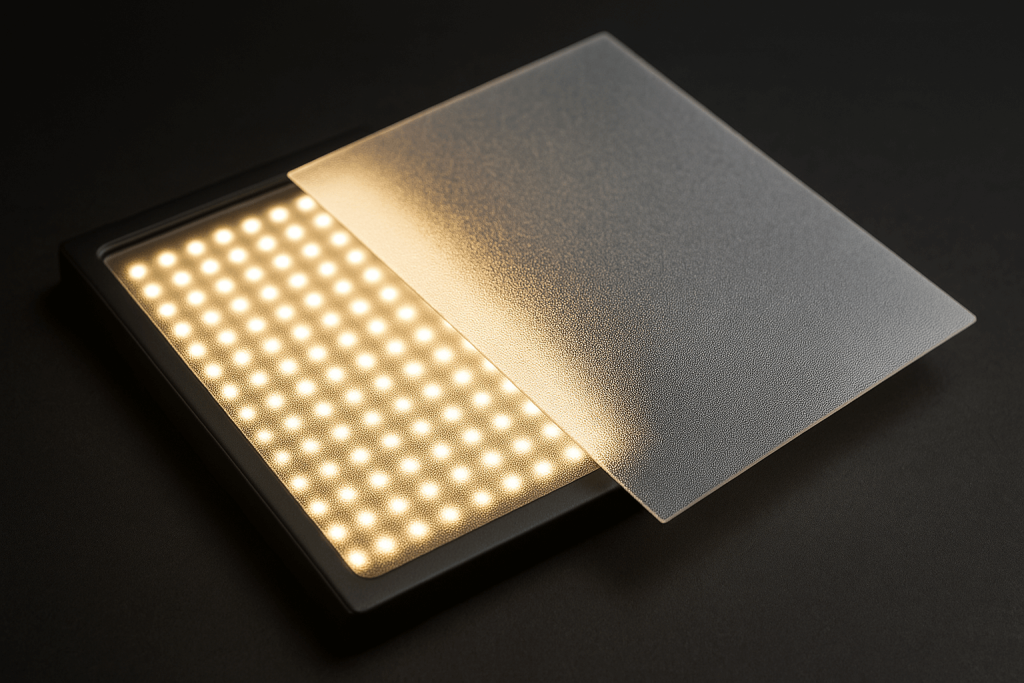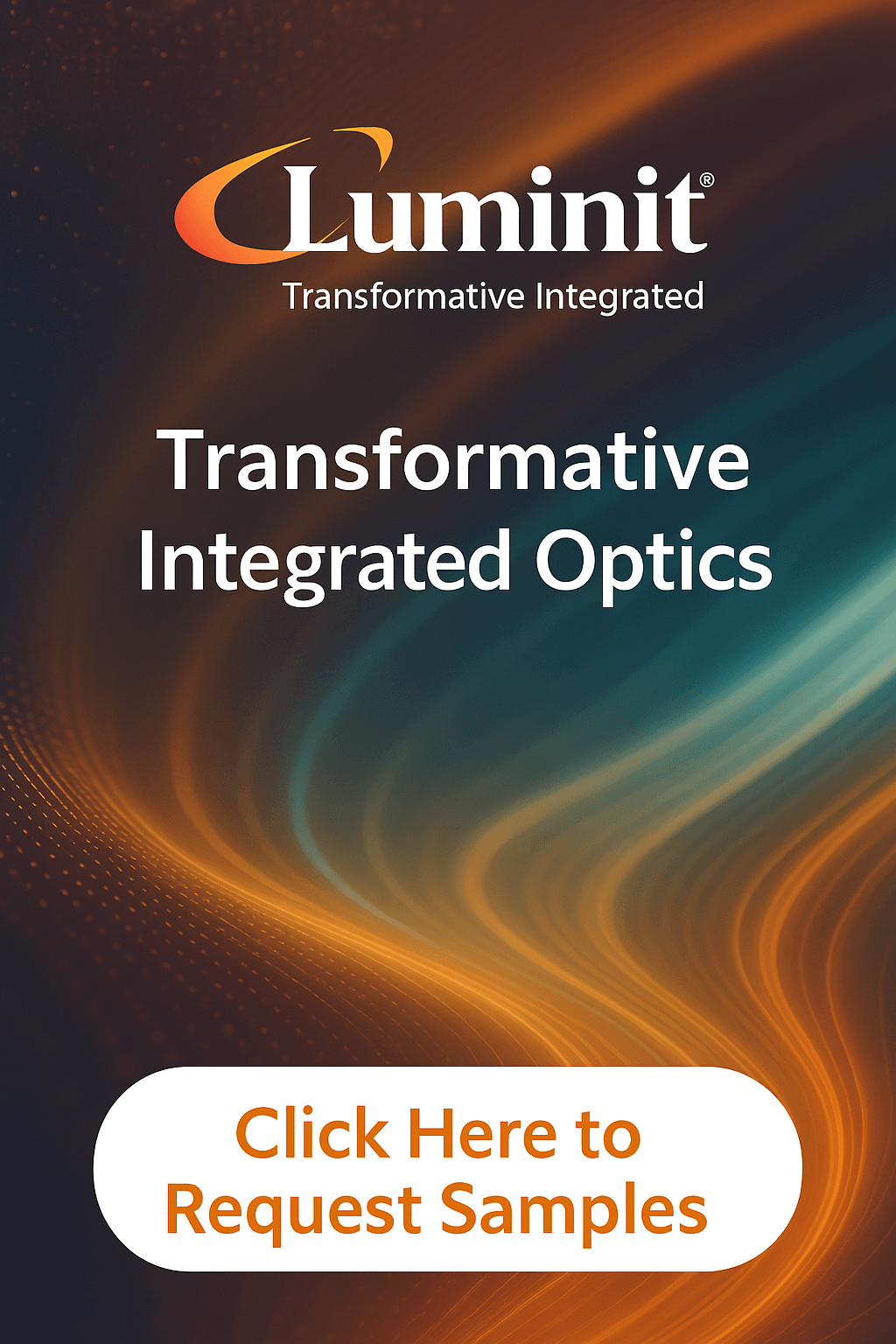Automotive lighting has evolved far beyond simple illumination. Today’s vehicles […]
Currently browsing: Blog
Luminit, Inc. > Blog
The Power of Light Diffusers: Real-World Applications from Luminit
Light diffusers are essential for shaping, spreading, and homogenizing light […]
Driving into the Future: Powering the Next Generation of Windshield Displays
Imagine a world where your entire windshield is transformed into […]
Future Focused: Luminit Expands Manufacturing i Torrance, California
Where cutting-edge optics meets SoCal living. As Luminit continues to […]
Holographic Optical Elements in Industrial Applications: Smarter Optics for Real-World Environments
Holographic Optical Elements (HOEs) are often associated with futuristic technologies […]
How Luminit Light Shaping Diffusers Support Complex Construction Projects Like Carvana
In the world of architectural lighting, results matter. And in […]
Revolutionizing Automotive HUDs with Luminit’s Advanced Optical Solutions
The Future of Automotive Displays: AR and Panoramic HUDs For [...]
Read more
Keeping an Eye on the Metaverse
With the recent unveiling of Facebook becoming Meta, advances in […]
Material Differences: How Surface Relief Taillight Diffusion Reduces Energy Consumption
Vehicle manufacturers are constantly seeking ways to reduce costs and […]
Five Light Shaping Diffuser® Use-case Scenarios for Spatially Variable Micro-Optics
Most of Luminit’s light shaping materials are considered spatially uniform optics where […]
